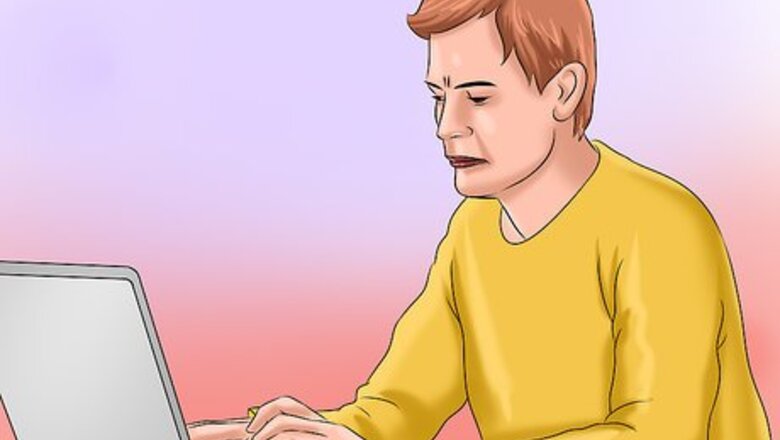
views
Understanding the Child's Needs
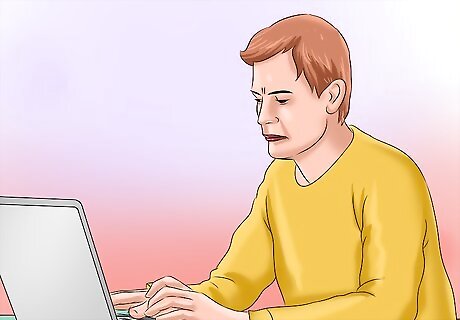
Get to know how the student experiences their cerebral palsy. Every child with this condition has different experiences, so it's always a good idea to know these before attempting to teach your student. Cerebral palsy can affect muscle control, tone, and coordination, as well as balance and posture. This can impact fine motor, gross motor, and oral motor skills, as well as vision, speech, and hearing. Effects may vary from difficulties in learning, chronic pain, to frequent seizures, as well as frustration with being not like the other kids.
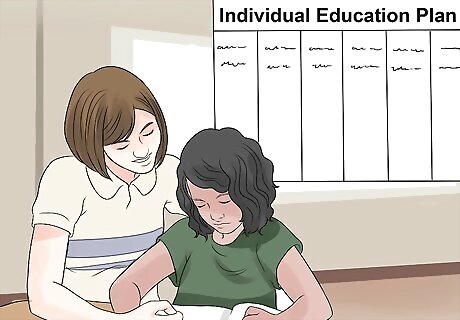
Know their IEP plan. A child with cerebral palsy may have an IEP (Individualized Education Plan). If you weren't involved in creating it, get to know the IEP before teaching the child. It will show where the child struggles and what he/she can achieve. That way you'll be able to provide the best help for the child. This will also help you adapt your teaching style; you'll be able to involve the child as much as possible if you know their strengths and their goals.
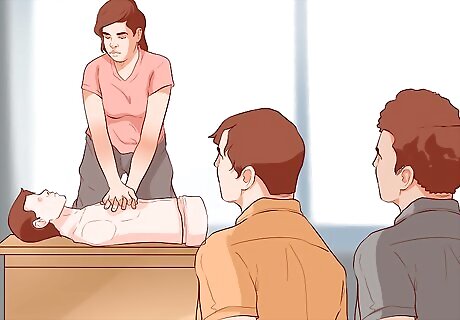
Make sure you know what to do in an emergency. A child with cerebral palsy may need more medical care than usual. Children with CP may experience seizures, choking on food, or be at risk of serious falls. Make sure you know how to handle each scenario.
Adapting the Classroom

Place the child near you. If the child has a visual disability, placing him/her near or at the front of the classroom can help him/her see better and be more engaged in lessons. This can also help you keep a close eye on the child, supervise their behaviour and spot any emotional issues.
Make the classroom as navigable as possible. Some students with CP use braces, crutches, or wheelchairs to get around. If this is the case for your student, make sure they can access all parts of the classroom as independently as possible. If needed, provide extra time to navigate between activities and areas of the class/school.
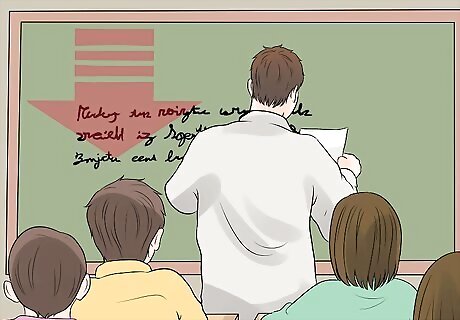
Lower the board if it's too high for the child. If the child is in a wheelchair due to their condition, lowering the board can help them to focus and learn better. If you're unable to lower the board, try changing the child's position or using other equipment when teaching.

Minimise distractions. Children with cerebral palsy struggle to concentrate if there are too many distractions (such as noises and toys). Try to remove as many as possible.
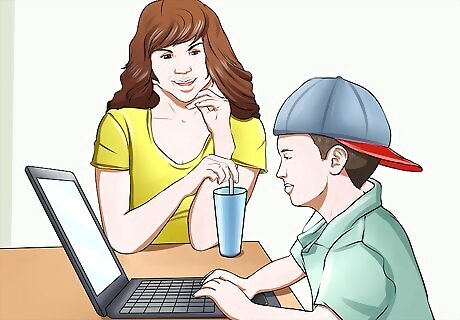
Get adapted equipment to help the child with independence. If the child struggles to write or type, try a small laptop or adapted keyboard. Alternatively, if they struggle to read, audio aides may be needed. An OT can help assess the child, see what his/her needs are and help find the right equipment for the child.
Teaching the Child
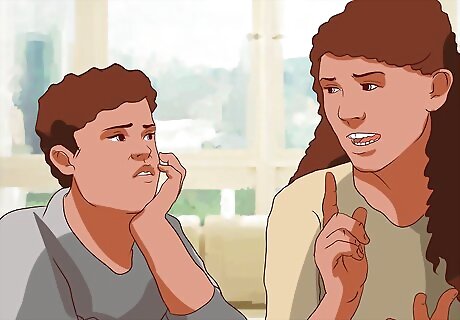
Make sure the instructions are as clear as possible. Some children with cerebral palsy may struggle to understand instructions if they are not precise or there are too many. Try to stick to one instruction at the time, to help aid the child's understanding of the task. Use visual aides if appropriate and helpful for the child; these can be written or in picture form, depending on the child. Do not get cross with the child if they do not understand an instruction. Try to repeat it slower or using different words that the child may understand more.
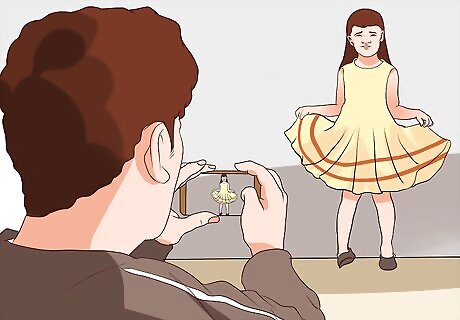
Make sure the child is included at all times. Children with cerebral palsy may find it hard to find friends and join in with group work; they often get left out. This can upset the child and make them enjoy school less. To counter this risk, make sure he/she is included at all times. If you can't have them do a given task exactly as other students are, try to adapt it for their skills and strengths. Encourage other children to play with the child or help with activities the child may struggle with. Other children can be great models for your student, and this will help him/her build social skills and relationships.
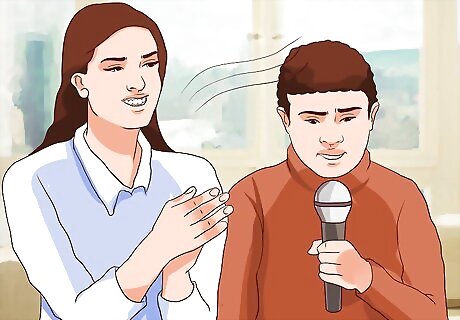
Praise the child often. Cerebral palsy can lower a child's self-esteem and confidence, so praising them will help them become more confident in themselves. You could say, for example, "Great job on your work today!" Use sweets, a small toy, or a reward chart to praise the child, if appropriate to the setting.
Dealing with Problems

Assure the child that they can come to you if they have any concerns. If he/she struggles to communicate, calmly tell them that they can come to you if they need any support. This can help your child feel more secure and comfortable at school. When he/she comes to you, listen and remain patient and kind. Try using visual aids or a notebook if you are struggling to communicate with the child.
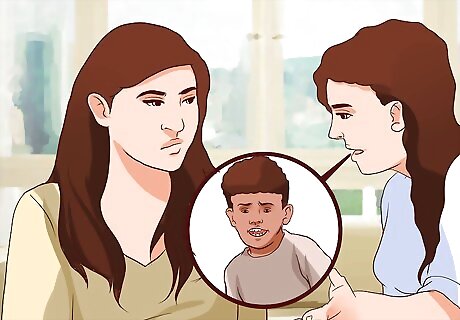
Communicate with the parents. Maintain an open flow of communication with the parents and anyone else involved in the child's education. Assure the parents that you'll always be there to help. Hear them out if the child expresses any issues that need to be addressed. Follow up with the parents about how the child is getting on. See whether any issues need to be addressed .
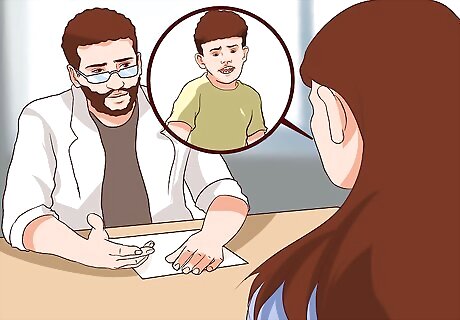
Participate in ongoing annual reviews of the child's progress. An annual review may be needed if there are serious issues that need to be sorted, and IEPs generally require a meeting at least once a year for tracking and planning purposes. You may also need it if you or any other person feels concerned about the child's progress.
The fine motor skills needed to write are often affected. Children's handwriting may be messier and the act of writing can cause pain and fatigue. A large portion of the school day requires fine motor work. Consider using finger aerobics as a transition activity for all students before settling down to a task that requires writing.










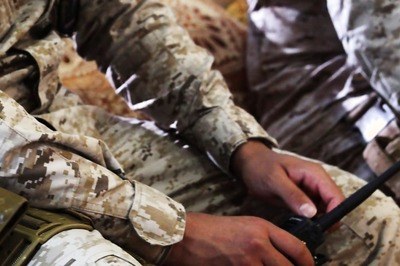







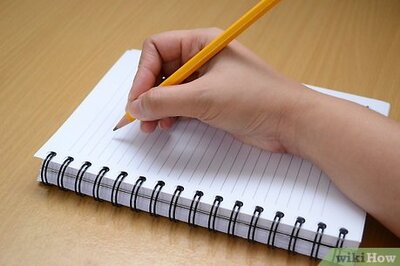
Comments
0 comment